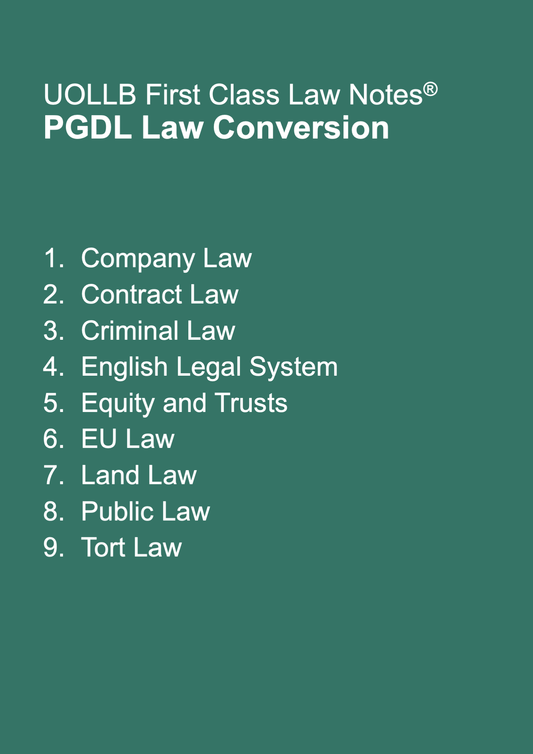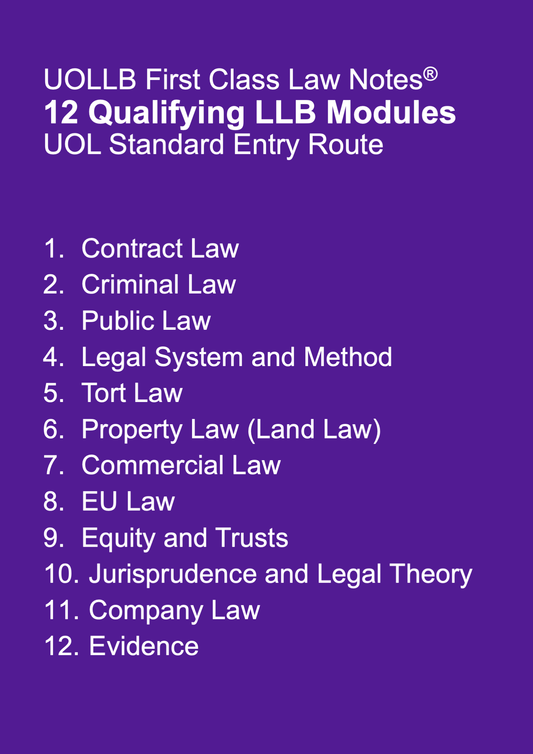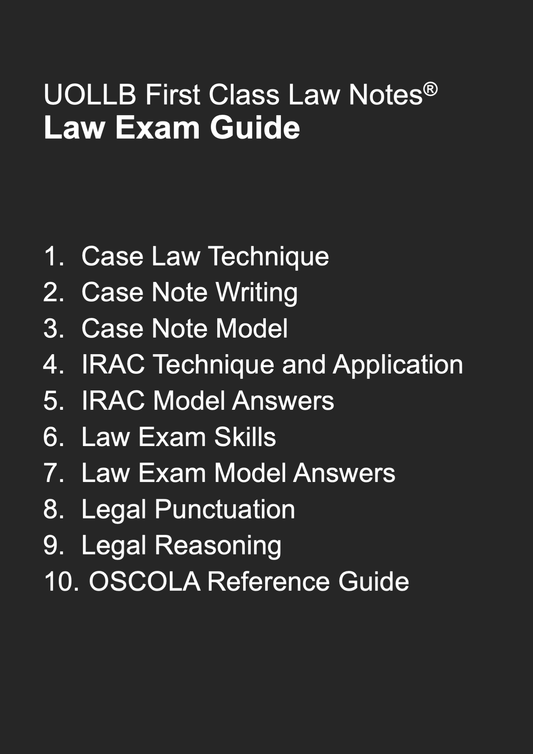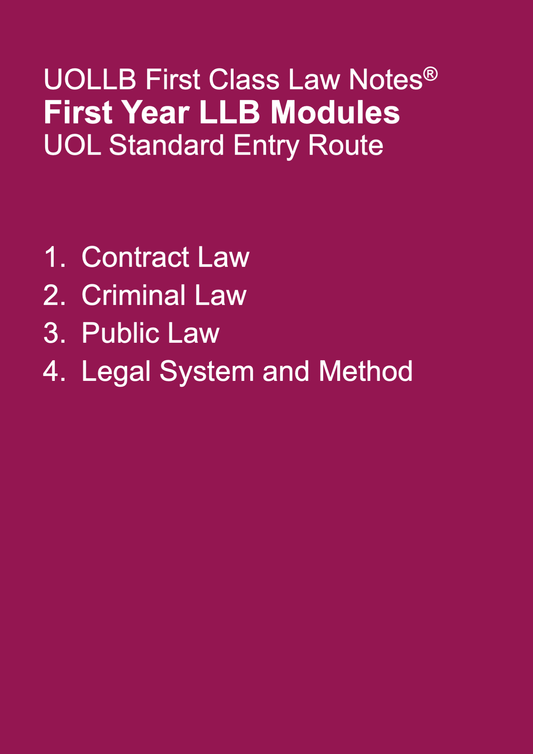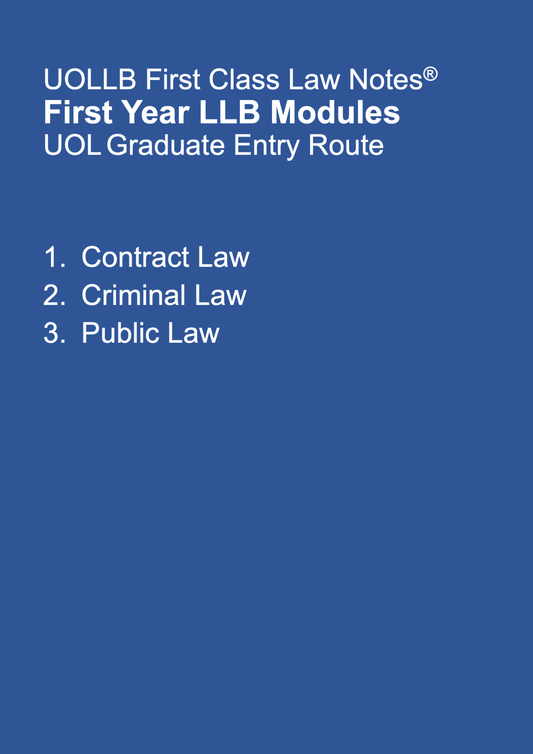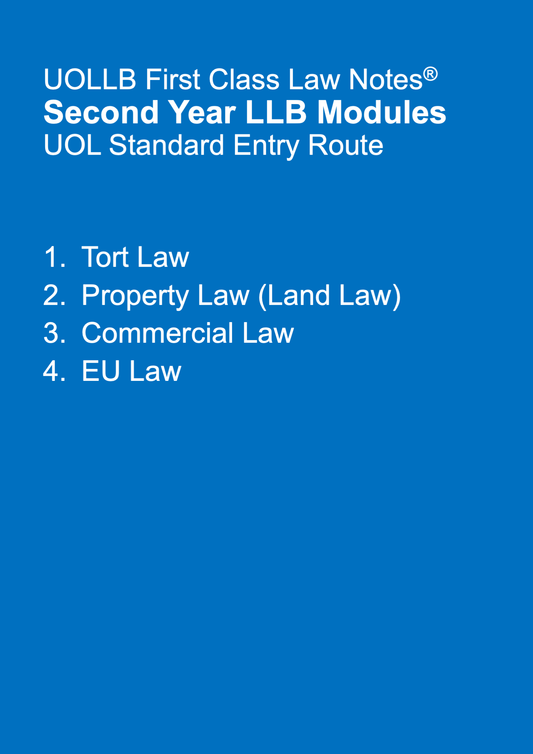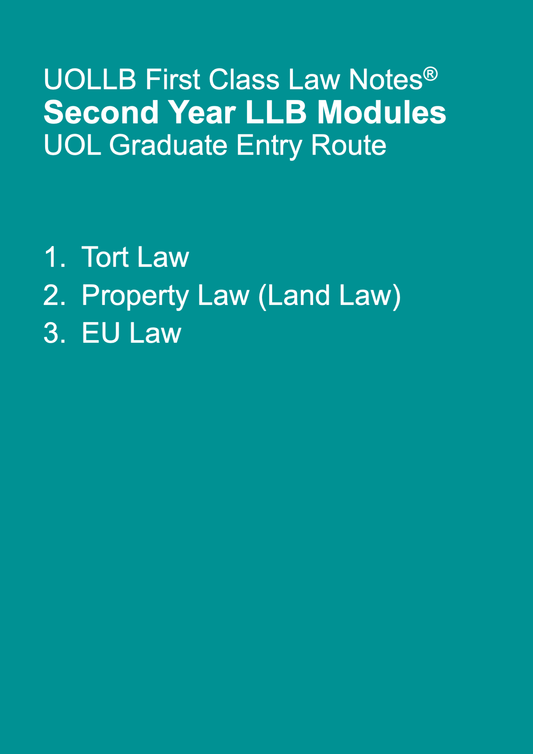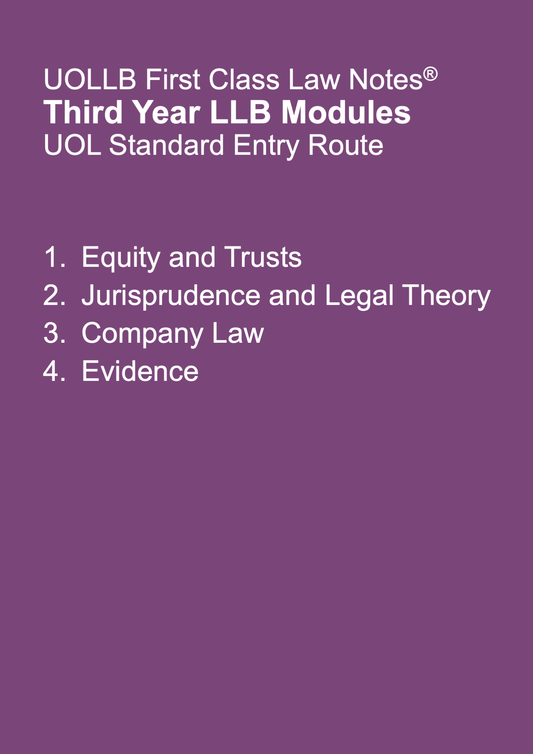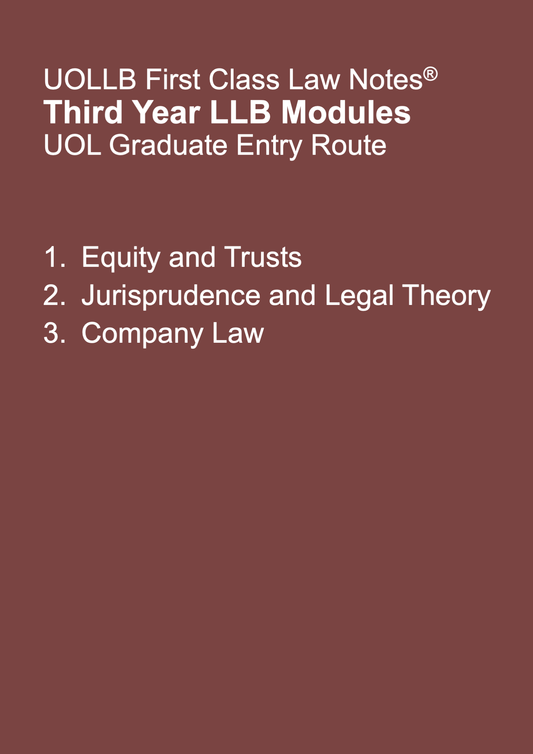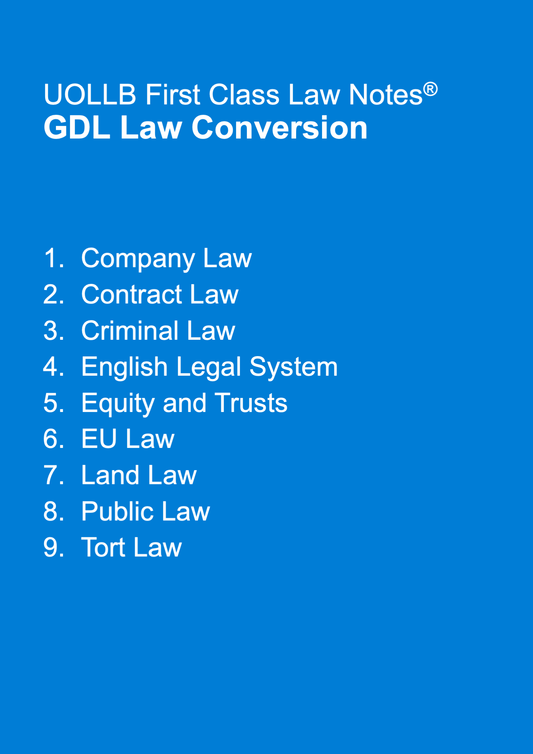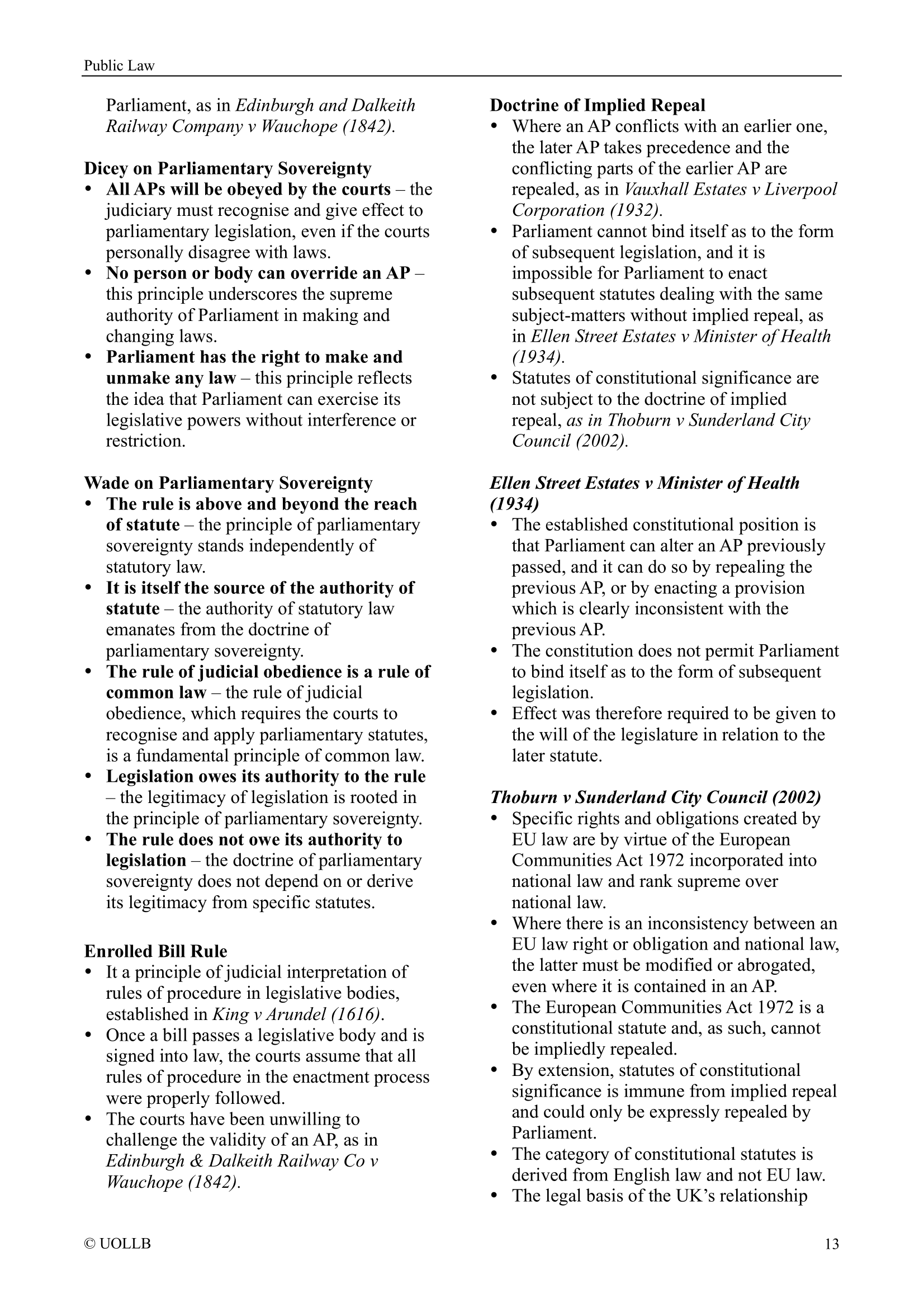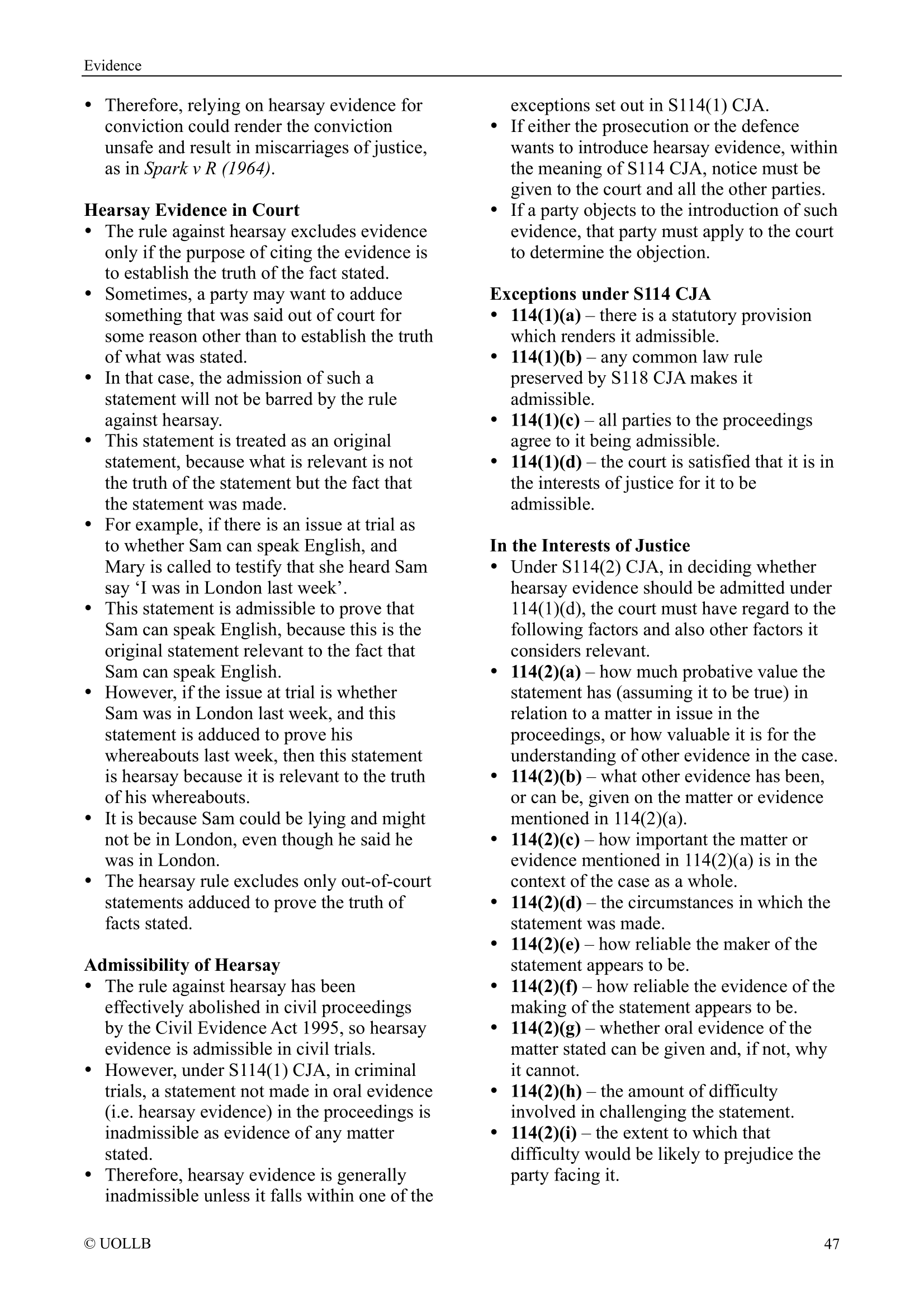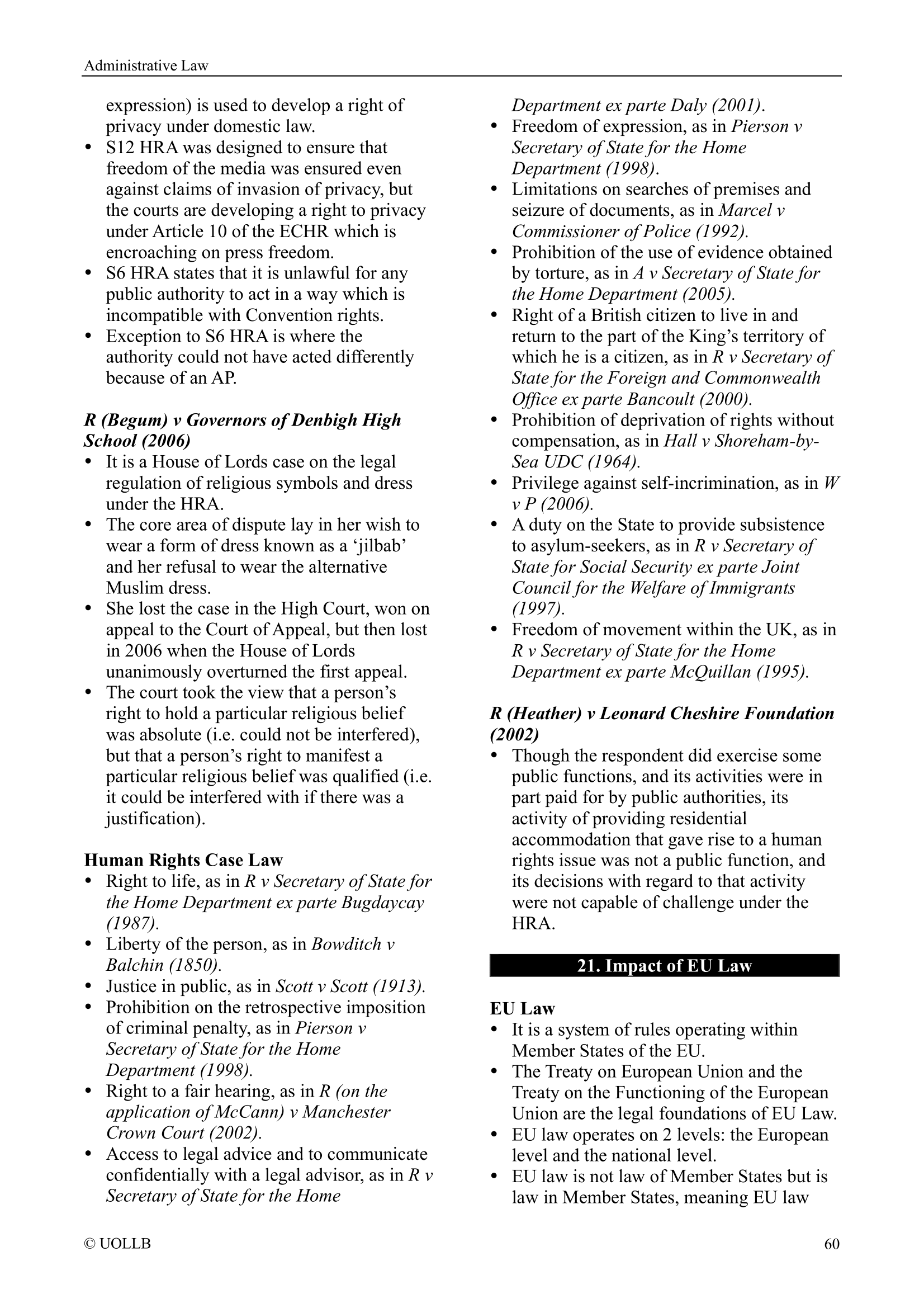Himalaya Clause
Share
In contract law and commercial law, a Himalaya clause is a provision commonly found in contracts involving carriage of goods by sea or land, particularly in bills of lading and contracts of carriage. This clause extends the benefit of limitation of liability to third parties who are not direct parties to the contract but may be involved in the performance of the contract.
The name "Himalaya clause" originates from a legal case, Adler v Dickson, which involved a shipping contract where a stevedore (a third-party loading company) was sued for negligence. The stevedore argued that it should enjoy the same protections as the shipping company under the contract's limitation of liability clause, even though the stevedore was not a direct party to the contract. The court upheld this argument, leading to the development of Himalaya clauses.
These clauses essentially allow a contracting party to extend the benefits and protections of the contract to third parties involved in the performance of the contract, such as subcontractors, agents, or employees. This helps protect these third parties from liability claims that may arise during the course of performing the contract duties.
The name "Himalaya clause" originates from a legal case, Adler v Dickson, which involved a shipping contract where a stevedore (a third-party loading company) was sued for negligence. The stevedore argued that it should enjoy the same protections as the shipping company under the contract's limitation of liability clause, even though the stevedore was not a direct party to the contract. The court upheld this argument, leading to the development of Himalaya clauses.
These clauses essentially allow a contracting party to extend the benefits and protections of the contract to third parties involved in the performance of the contract, such as subcontractors, agents, or employees. This helps protect these third parties from liability claims that may arise during the course of performing the contract duties.





